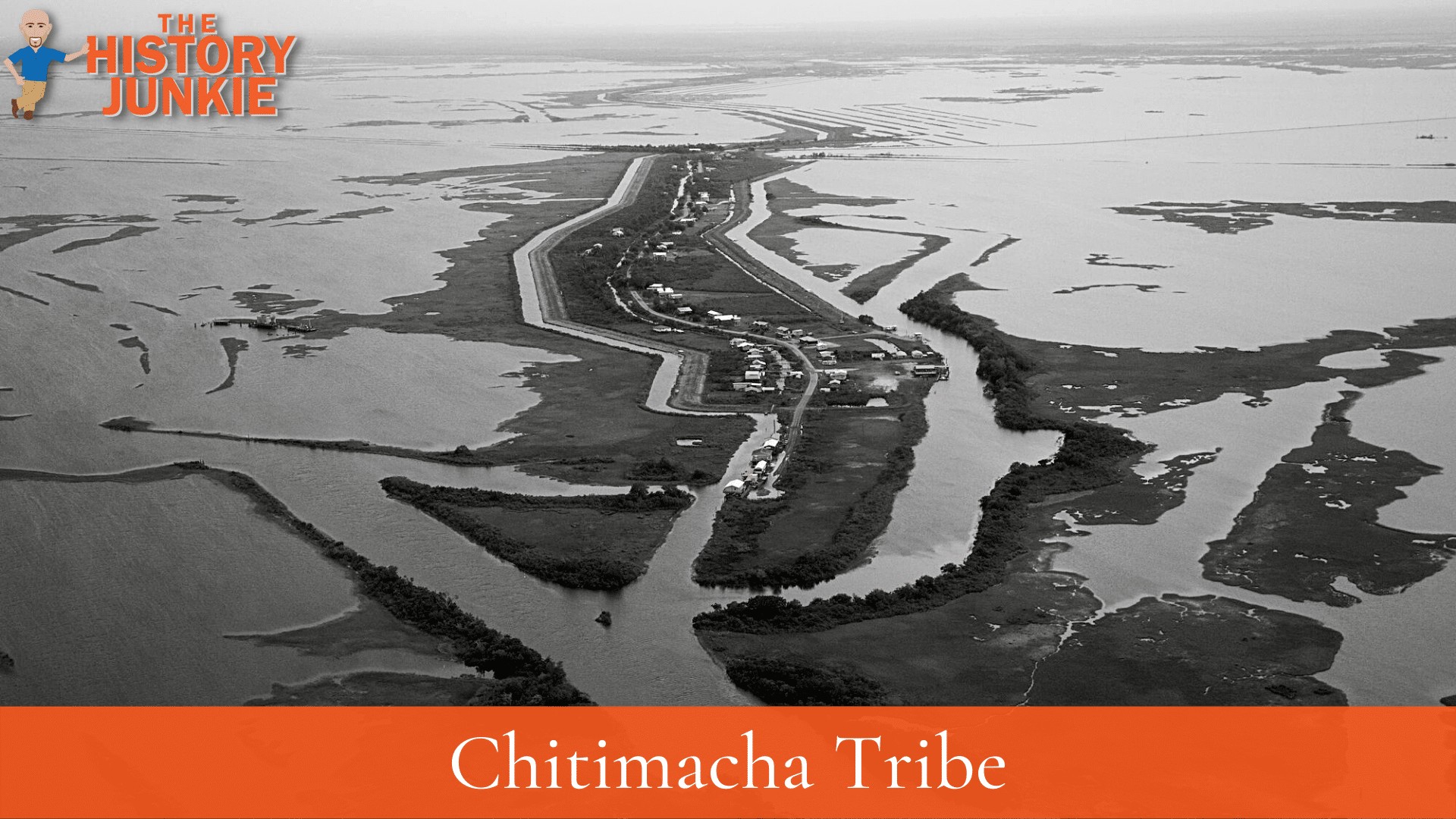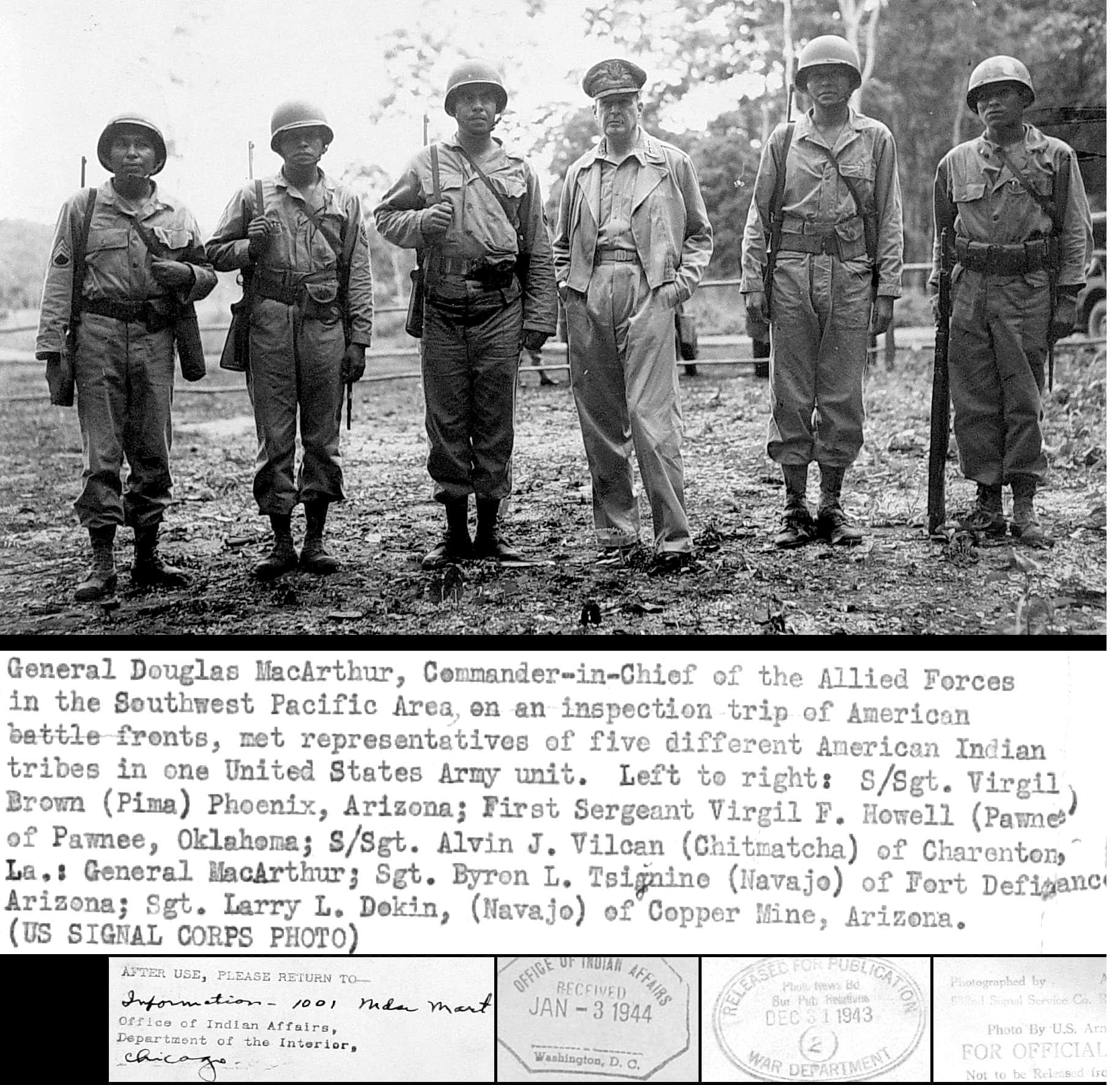
Jump to:
#1. The Chitimacha Tribe Lived In The Mississippi Delta And Had A Large Population
The Chitimacha Tribe is not a tribe that is often talked about in American History classes, but they were well-developed and had a large population at the time Christopher Columbus arrived in the New World.
They were a Southeast Indian Tribe that lived in the Mississippi River Delta and had many villages that often had a population of 500 each.
It is estimated that at the time of Columbus's voyage, they had approximately 20,000 in population.
#2. European Disease Destroyed Their Population
The Chitimacha tribe did not have direct contact with the Europeans for centuries after they arrived. However, their population came into contact with natives that did, and those natives carried the disease to them.
Like all Native Americans, they did not have any natural immunity to the diseases, and despite being physically healthy, they easily succumbed to the disease. Their population dropped from 20,000 in 1492 to 4,000 in 1700 when the French began to attempt to colonize the delta.
If their population had remained at 20,000, then there is a great possibility that the French would not have colonized the area.
#3. The Tribe Was A Matriarchy

It was common for Native American tribes to have a matrilineal kinship system. This meant that the women were the ones who were in charge of the property, and the family line would go through the women's side rather than the men's.
The hereditary male chiefs, who governed until early in the 20th century, came from the maternal lines and were approved by female elders. Children were considered to belong to their mother's family and clan and took their status from her.
Like other Native American tribes, the Chitimacha, at times, absorbed and acculturated other peoples.
In addition, as Chitimacha women had relationships with European traders in the decades of more interaction, their mixed-race children were considered to belong to the mother's family and were acculturated as Chitimacha.
#4. The Chitimacha Fought Against The French
Disease and Alcoholism destroyed the tribe. They went from a large population to a few thousand by the time the French began to colonize the area.
The local tribes, including the Chitimacha, fought against French expansion into the area of Louisiana. They fought the French for 12 years, which resulted in the destruction of the Eastern Chitimacha.
This defeat would decrease their population even more.
After the British victory in the French and Indian War, the British relocated many colonists to Louisiana. These French citizens became known as Cajuns and would intermarry with the tribe. Their relocation and intermarriage dwindled the population further.
#5. Their Population Rebounded In The 20th Century.

Since that early 20th-century low, the population has increased as the people have recovered.
Men began to gain better employment by working in the Louisiana oil fields as drillers and foremen. In the early 21st century, the tribe reported it had more than 900 enrolled members.
The 2000 census reported a resident population of 409 persons living on the Chitimacha Indian Reservation.
Of these, 285 identified as solely of Native American ancestry.
